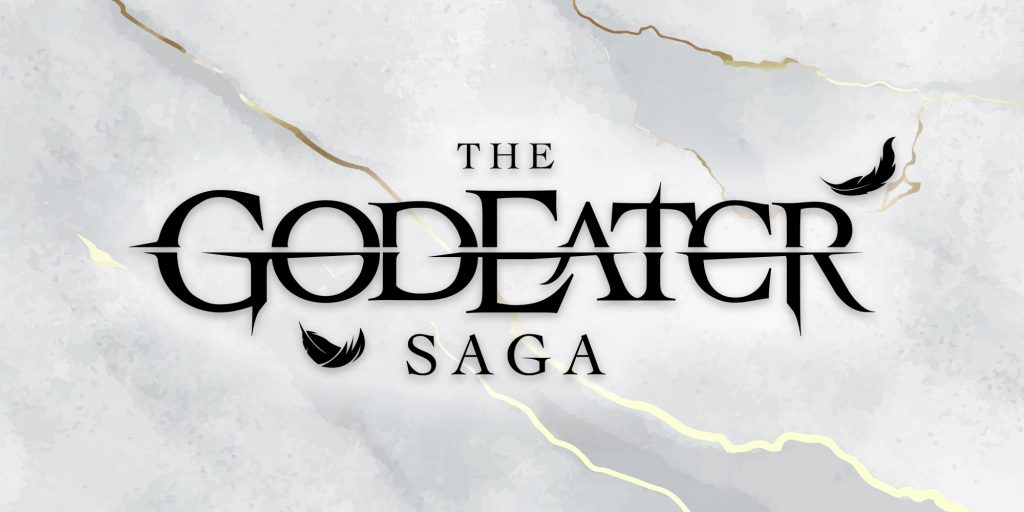This is a little snippet from the 3rd Mortal Techniques novel. A little in-world legend based upon a rather popular urban myth.
Long ago, before Hosa’s ten kings and before Cochtan’s Blood Engines, the world was a peaceful place. Hara Chinami, a young woman at the time, loved to paint and produced some of the finest works of art Ipia has ever seen. So revered was her skill that Ise Katsuo, the Emperor of Ipia, sought her out. He begged for her to paint him, to render him immortal with her brush. Hara looked upon the emperor and saw beneath the surface of the man, for that was her true technique. Not her skill with the mixing of paints, nor her flourish with the brush, but to see the truth of things. She refused Emperor Ise, declaring that she only painted scenery. Valleys so beautiful none could look upon them without tears, a river so realistic viewers were swept away upon currents of brush strokes.
Emperor Ise was not pleased. After all, he was an emperor and nobody said no to an emperor. He came to her again the next day and demanded she immortalise him in her vision. Again she refused for Hara was not the sort of woman to be intimidated, even by an emperor. He was not the first powerful man to make demands of her.
Enraged, Emperor Ise did not come before Hara again. Instead, he sent soldiers to her house. Hara was dragged away in chains, her house and all her paintings burned for her impudence. Ise had her dragged to a well and thrown down into the black depths, a cover placed atop it so no light could shine down. Until she agreed to paint him as only her skill could render, she would see no light, no colour, none of the beauty of nature that so inspired her.
Hara wept for the things she had lost. How could she not? In truth, she had tried to spare the emperor the pain of looking upon his true self, for that was what her brush would reveal. But in refusing him, she had revealed him all the same.
On the tenth day of her incarceration Emperor Ise pulled back the well cover and stared down upon her. She begged him to let her go free, and he demanded she paint him. Of course she refused, knowing that to do so would only serve to stoke his ire. Ise ordered the cover replaced and left Hara to the darkness.
On the fiftieth day of her incarceration, long past the point where Hara had kept count, he came to her once more. Again he demanded she paint him. Again she refused. She believed he would set her free eventually.
Hara was wrong. Emperor Ise replaced the cover and went in search of another artist to paint him, one of equal skill.
Three years passed and three hundred artists failed to paint Emperor Ise in the glory he knew he deserved. None could match the skill of Hara Chinami. He went to the well, secure that after three years of isolation down in the dark, Hara would have no choice but to agree to his demands. The well cover was removed and Ise stared down into empty darkness. Hara was gone. He sent down men into the well to search for her, but there was no sign of her. No tunnel out, no remains. No trace of the artist at all.
That night everyone in the castle was woken by a terrible wailing. It came from the walls, from the floor. It rose up from the foundations and echoed all the way to the stars. None could find the source of the ghastly screams, but everyone knew the voice. All had heard Hara crying down in the well. For three years, all had heard the artist’s screams.
The next morning, soldiers opened up the emperor’s rooms to find them empty. Ise had vanished. Hanging above the emperor’s bed was a new painting. Ise Katsuo’s likeness was painted in shades of red and the canvas reeked of blood.
Neither Hara Chinami or Ise Katsuo were ever seen again. But the wailing can still be heard down in that well.

